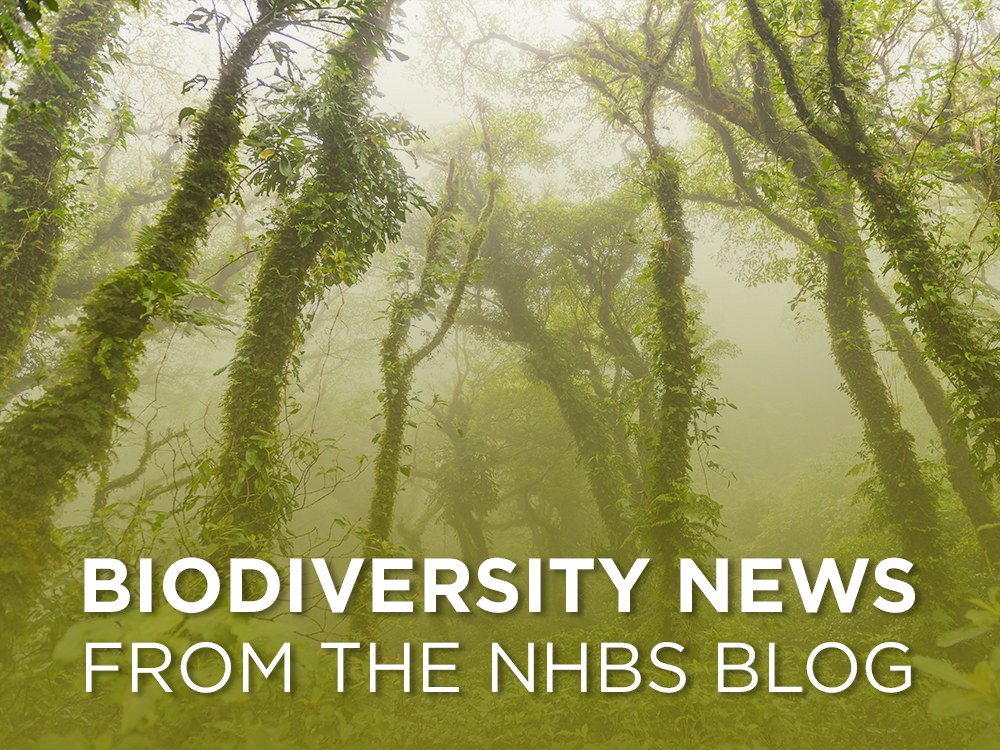Climate change
There is widespread drought and water shortages across parts of Europe, including areas of England and Germany (where water levels in the Rhine River have dropped significantly), as well as France, Italy, Spain, Netherlands and Belgium. This is Europe’s most severe drought in decades, with high temperatures and reduced rainfall testing infrastructure and water supplies. England experienced the driest July since 1935, with only 35% of average rainfall for the month falling. Other rivers such as the Danube and the Po have been impacted, threatening wildlife.
Research
Most sharks killed for fins are at risk of extinction. A new study has found that more than two-thirds of sharks hunted and used in the global fin trade are at risk of extinction. By studying 9,820 shark fin trimmings from markets in Hong Kong between 2014 to 2018 using DNA analysis, the researchers found 86 different species. Of these, 61 are threatened with extinction. The majority of fins came from blue sharks which are classified as “near threatened” by the IUCN, with the other top species including silky sharks, hammerheads, makos and threshers.
Self-pollinating plants are showing rapid loss of genetic variation. Flowering species that can self-pollinate lost genetic diversity within only nine generations without bumblebees. A new study has found that monkeyflower plants lost between 13–24% of their genetic variation compared to a group that was propagated by bumblebees. Reducing genetic diversity can limit a species’ ability to adapt to environmental changes, like those brought on by climate change. This study highlights the importance of pollinator species in combating the impacts of the climate crisis.
Conservation
Derbyshire conservationists aim to save Swifts by pushing housebuilders to install nesting bricks. These hollow bricks provide a nesting area for one of the UK’s most endangered birds, whose population has dropped by 65% in the last 25 years. The Derbyshire Swift Conservation Project, run by Derbyshire Wildlife Trust, aims to raise awareness of Swifts. This aim is now increasingly being included in planning applications for new housing.
Cornish Choughs have had a bumper year, 20 years since the first Cornish-born Choughs were seen once again. Over 70 youngsters are being raised by 25 pairs, bringing the total population to around 200 birds. Just a single pair successfully fledged young in 2002 and now Choughs can be seen all over Cornwall.
Critically endangered Albatrosses are being plagued by mice on Gough Island. This small British overseas territory in the South Atlantic is home to the Triston Albatross, along with 21 other seabird species. Mice were introduced to the island accidentally over two hundred years ago. With no existing predators, the mouse population exploded, leading to a decline in seeds and insects. In response to this drop in food supply, some mice began to prey on seabird chicks. Last year, there was an attempt to eradicate this invasive species by dropping poisoned mouse bait all over the island but this attempt failed. The mice are now once again spreading across the island.
In brighter news, the saiga antelope population has increased 10-fold after a mass die-off in 2015. A fatal bacterial disease killed around half of the population, leaving only 130,000 animals. Now, an estimated 1.3 million saiga are living in the steppe grasslands of Kazakhstan. After being hunted to the brink of extinction, numbers were down to less than 40,000 in 2005. This new increase is the result of land protections and hunting bans, which have allowed the species to begin recovering.
Policy
The US Senate has passed a sweeping climate, tax and healthcare package, which will increase corporate tax, lower the cost of some medicines and, importantly for the fight against climate change, reduce carbon emissions. The $700bn (£577bn) economic package includes $369bn (£305bn) dedicated to climate action, the largest climate investment in US history. This will be split into multiple projects, including speeding up the production of clean technology, providing tax credits for those who buy an electric car and funding for communities that have suffered the most from fossil fuel pollution.
Endangered species breeding programmes are under threat due to new EU regulations. The EU Animal Health Regulation came into force in April 2021, after being agreed in 2016, creating new controls on the import of animals and plants into the EU. These new sanitary and phytosanitary checks must be carried out at border control posts, but few exist at airports in the EU and none at French ports. Before December 2020, there were an average of 1,400 transfers of species between the UK and other EU countries in order for breeding programmes to keep the gene pool as broad as possible. But since Brexit, there were just 56 in 2021, and so far this year, there have only been 84. The lack of checking posts has effectively banned the import of any large animal, potentially preventing the breeding of certain endangered species, such as the black rhino.

